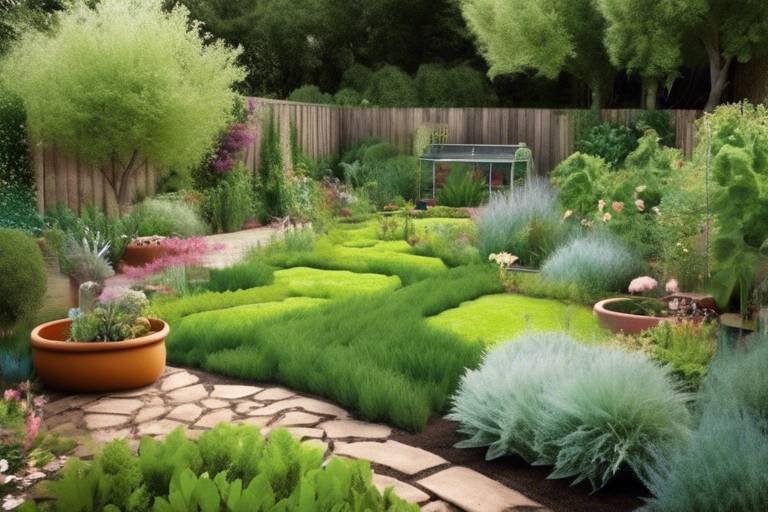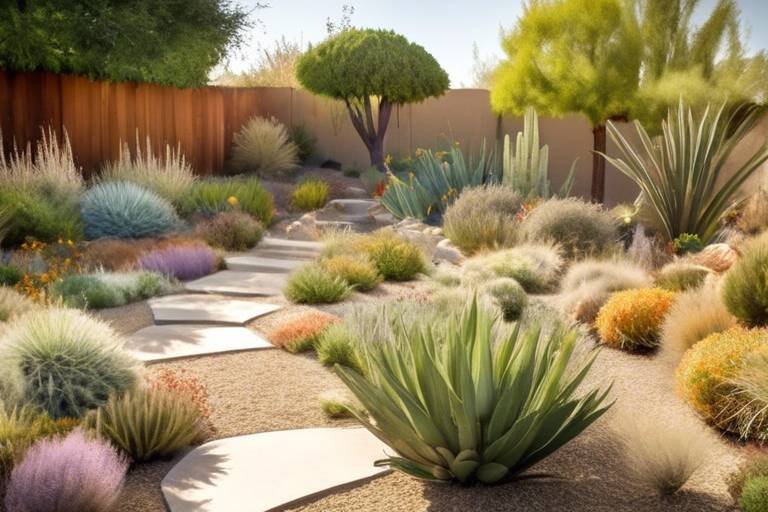How to Build a Vertical Garden in Your Backyard
Are you looking to transform your backyard into a lush oasis but limited on space? Building a vertical garden might just be the perfect solution for you. Vertical gardens not only maximize space but also add a touch of greenery and beauty to your outdoor area. Let's dive into the step-by-step process of creating your very own vertical garden right in your backyard.

Choosing the Right Location
When it comes to creating a vertical garden in your backyard, one of the most critical decisions you'll make is choosing the right location. The success of your vertical garden project heavily relies on selecting a spot that receives adequate sunlight and has easy access to water. Sunlight is essential for the plants to thrive and photosynthesize, while water is crucial for their growth and hydration.
Imagine your vertical garden as a sunbather, soaking up the sun's rays to fuel its growth, and a thirsty traveler in need of a nearby water source to stay hydrated. Just like humans, plants need the right balance of sunlight and water to flourish. Therefore, when scouting for the perfect location, consider the sun's path throughout the day and how it will reach your vertical garden. Additionally, ensure that the area is easily accessible for watering purposes, whether through a hose, watering can, or irrigation system.
Furthermore, think about the surroundings of the chosen location. Are there any obstacles that could obstruct sunlight, such as tall trees or buildings? Is the area prone to strong winds that could damage your plants or disrupt their growth? By assessing these factors, you can preemptively address potential challenges and create an optimal environment for your vertical garden to thrive.
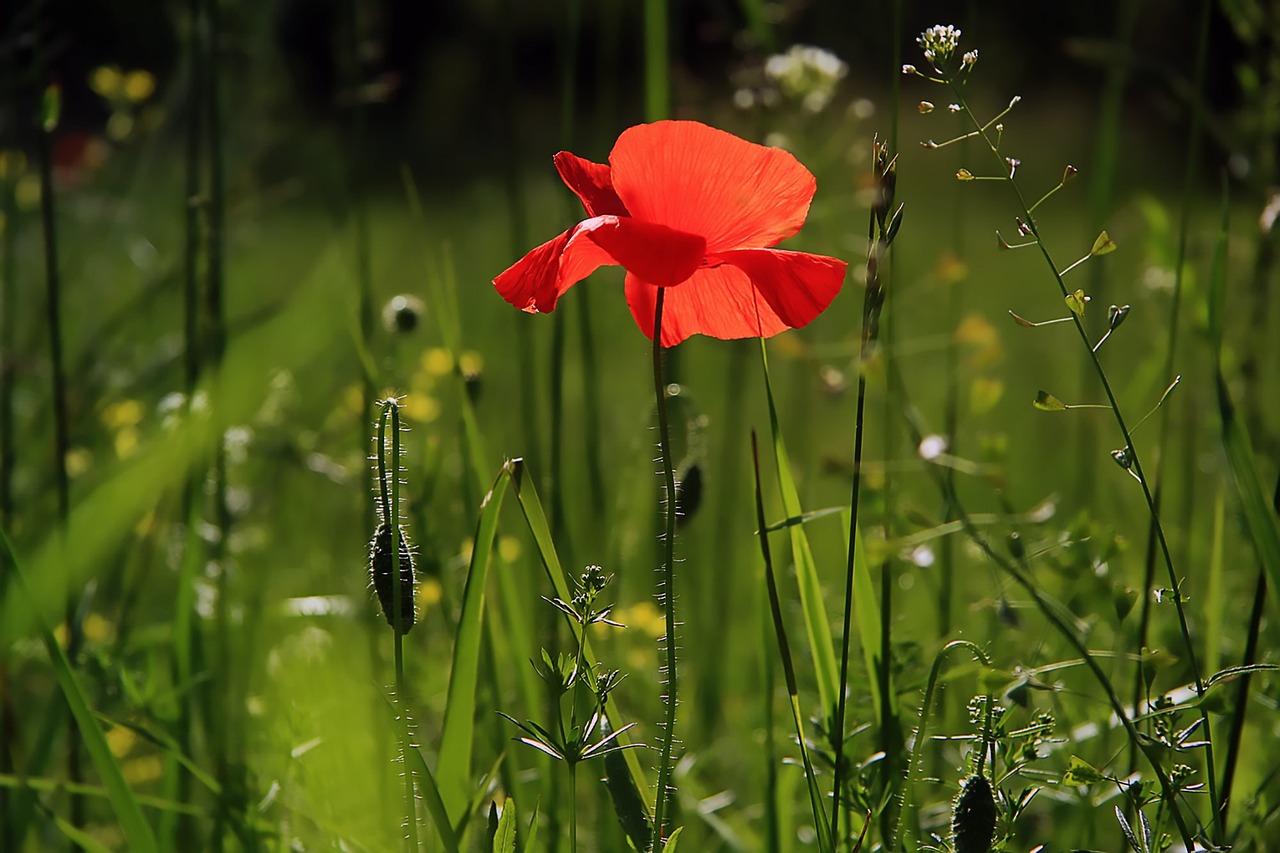
Designing Your Vertical Garden
Designing your vertical garden is a creative process that allows you to transform a plain wall or corner of your backyard into a lush and vibrant space. One popular design option is the living wall, where plants are grown vertically on a specially designed structure, creating a striking visual display. Another approach is using trellises to support climbing plants like jasmine or ivy, adding height and texture to your garden. Stacked planters offer a versatile solution, allowing you to mix and match different plant varieties while saving space.
When designing your vertical garden, consider the overall aesthetic you want to achieve. Do you prefer a wild and untamed look with cascading vines, or a more structured arrangement with neatly organized planters? Think about the colors, textures, and shapes of the plants you choose, ensuring they complement each other to create a harmonious composition. Remember that vertical gardens can also serve practical purposes, such as providing privacy, reducing noise, or attracting beneficial insects to your outdoor space.
Experiment with different layouts and arrangements before finalizing your design. Sketching out a plan on paper or using online design tools can help you visualize how the garden will look once completed. Consider factors like plant spacing, sunlight exposure, and watering needs when placing your plants. By carefully planning and designing your vertical garden, you can create a unique and personalized oasis that reflects your style and enhances your outdoor living experience.
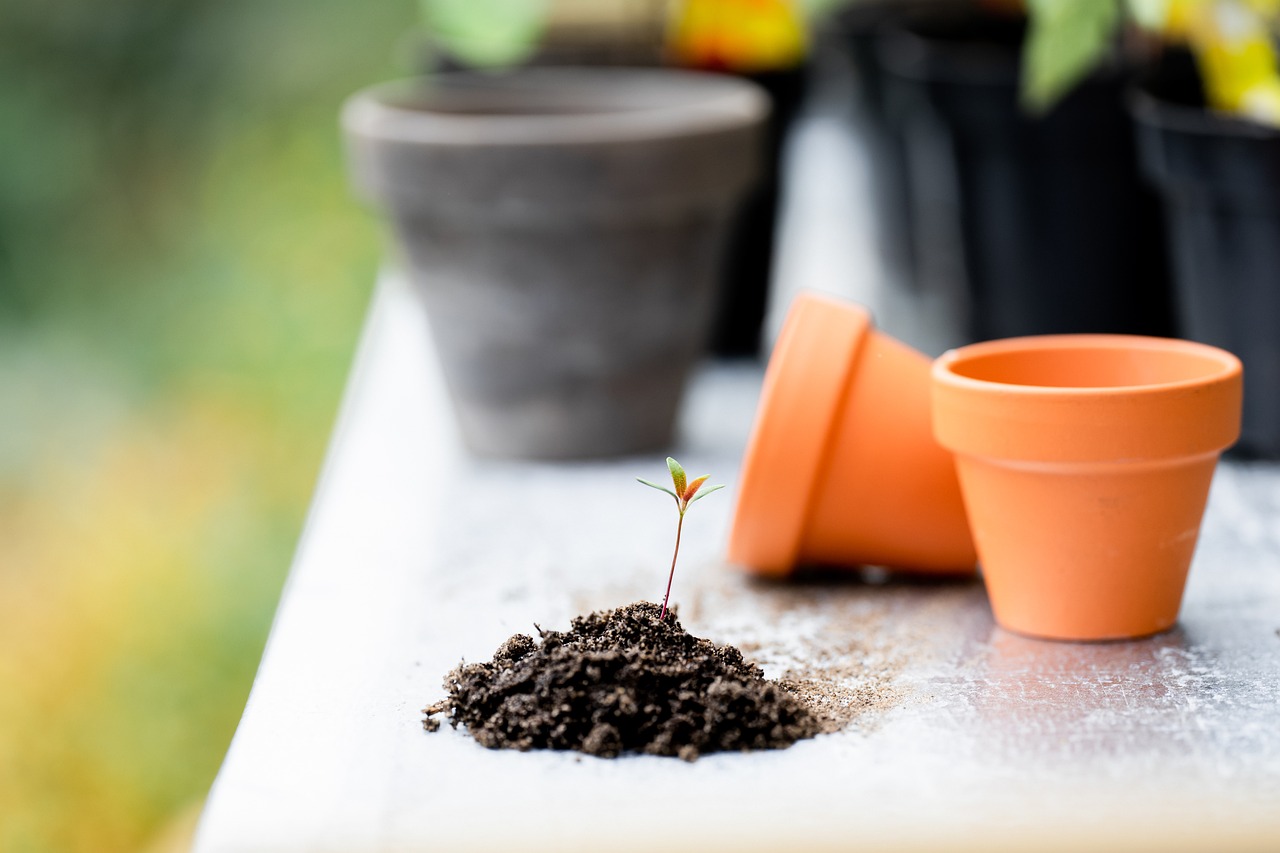
Selection of Plants
When it comes to selecting plants for your vertical garden, it's essential to consider a variety of factors to ensure the success and longevity of your green oasis. The key is to choose plants that not only thrive in a vertical setting but also complement each other visually. Think of it as creating a living work of art that evolves and grows over time.
One popular choice for vertical gardens is vines. These plants naturally climb and trail, making them perfect for vertical spaces. Varieties such as ivy, pothos, and philodendron are not only easy to care for but also add a lush, cascading effect to your garden. Their ability to drape elegantly down a trellis or living wall can create a stunning visual impact.
Herbs are another excellent option for vertical gardening, especially if you enjoy cooking with fresh ingredients. Basil, mint, thyme, and rosemary are just a few examples of herbs that thrive in vertical environments. Imagine stepping outside to snip some fresh basil for your pasta or mint for your mojito, all grown in your own backyard.
Succulents are perfect for vertical gardens due to their low maintenance requirements and unique shapes and colors. These water-efficient plants come in a wide range of varieties, from the classic aloe vera to the striking echeveria. Their ability to store water in their leaves makes them well-suited for vertical planters where soil dries out quickly.
For those looking to add a pop of color to their vertical garden, flowers are an excellent choice. Consider planting vibrant blooms like petunias, geraniums, or marigolds to create a cheerful and inviting space. Flowers not only attract pollinators like bees and butterflies but also bring a sense of joy and beauty to your outdoor sanctuary.
When selecting plants for your vertical garden, it's crucial to assess your location's sunlight exposure, climate conditions, and your own gardening skills. By choosing a diverse mix of plants that thrive in vertical settings and suit your preferences, you can create a stunning and sustainable garden that brings beauty and tranquility to your backyard.
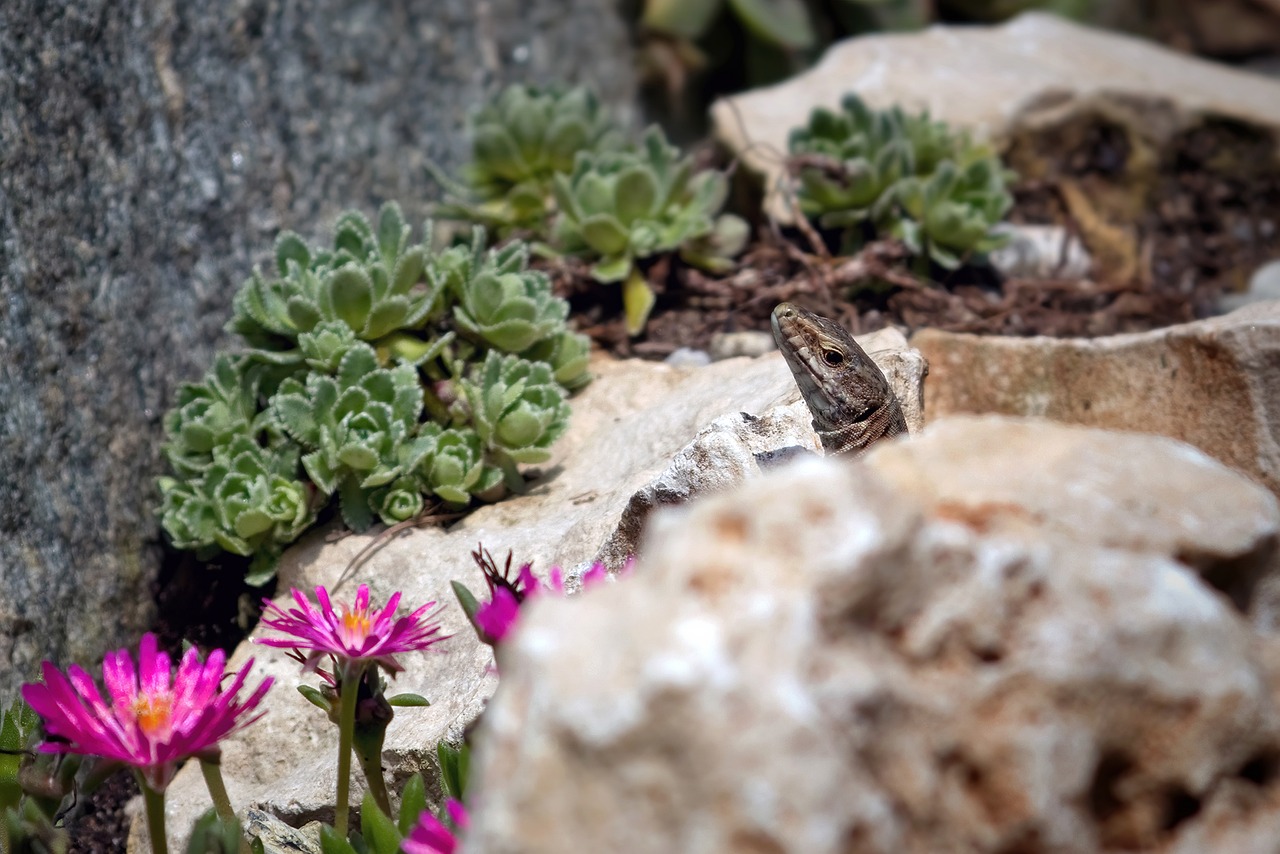
Building the Support Structure
When it comes to building the support structure for your vertical garden, it's essential to ensure that it is sturdy and reliable to support the weight of your plants. One popular method is constructing a wooden frame against a wall or fence, providing a solid foundation for your garden to grow vertically. Alternatively, you can opt for pre-made vertical garden systems that come with built-in support structures, making the installation process easier and more convenient.
Another important aspect to consider when building the support structure is the material used. Whether you choose wood, metal, or PVC, make sure it is durable and weather-resistant to withstand outdoor conditions. The support structure should also be securely anchored to the ground or wall to prevent any accidents or damage to your plants.
For a more creative approach, you can explore using trellises, wire mesh, or even repurposed items like pallets or ladders to build a unique support system for your vertical garden. These unconventional materials can add a touch of personality and charm to your garden while providing a functional structure for your plants to thrive.
Proper spacing between the support structure and the wall is crucial to allow air circulation and prevent moisture buildup, which can lead to mold or mildew growth. Additionally, consider the weight distribution of your plants and ensure that the support structure can accommodate the growth and spread of vines, flowers, and herbs as they flourish in your vertical garden.

Planting and Maintenance
Planting and maintenance are crucial aspects of ensuring the success and longevity of your vertical garden. When it comes to planting, consider the specific needs of each plant you have chosen. Some may require more sunlight, while others thrive in shade. By understanding the individual requirements, you can create a harmonious environment where all your plants can flourish.
Proper planting techniques are essential for the health of your vertical garden. Make sure to provide adequate spacing between plants to allow for growth and prevent overcrowding. Additionally, consider using high-quality soil and fertilizers to provide essential nutrients for your plants. Regular watering is also important, especially during hot weather, to keep your vertical garden hydrated and vibrant.
As your vertical garden grows, regular maintenance is key to its upkeep. This includes pruning to remove dead or overgrown foliage, which can promote healthy growth and prevent disease. Keep an eye out for pests and signs of plant distress, addressing any issues promptly to maintain the overall health of your garden.
Creating a watering schedule tailored to the needs of your plants can help you stay on top of maintenance tasks. Some plants may require more frequent watering, while others prefer a drier environment. By understanding the individual requirements of your plant species, you can ensure they receive the care they need to thrive.
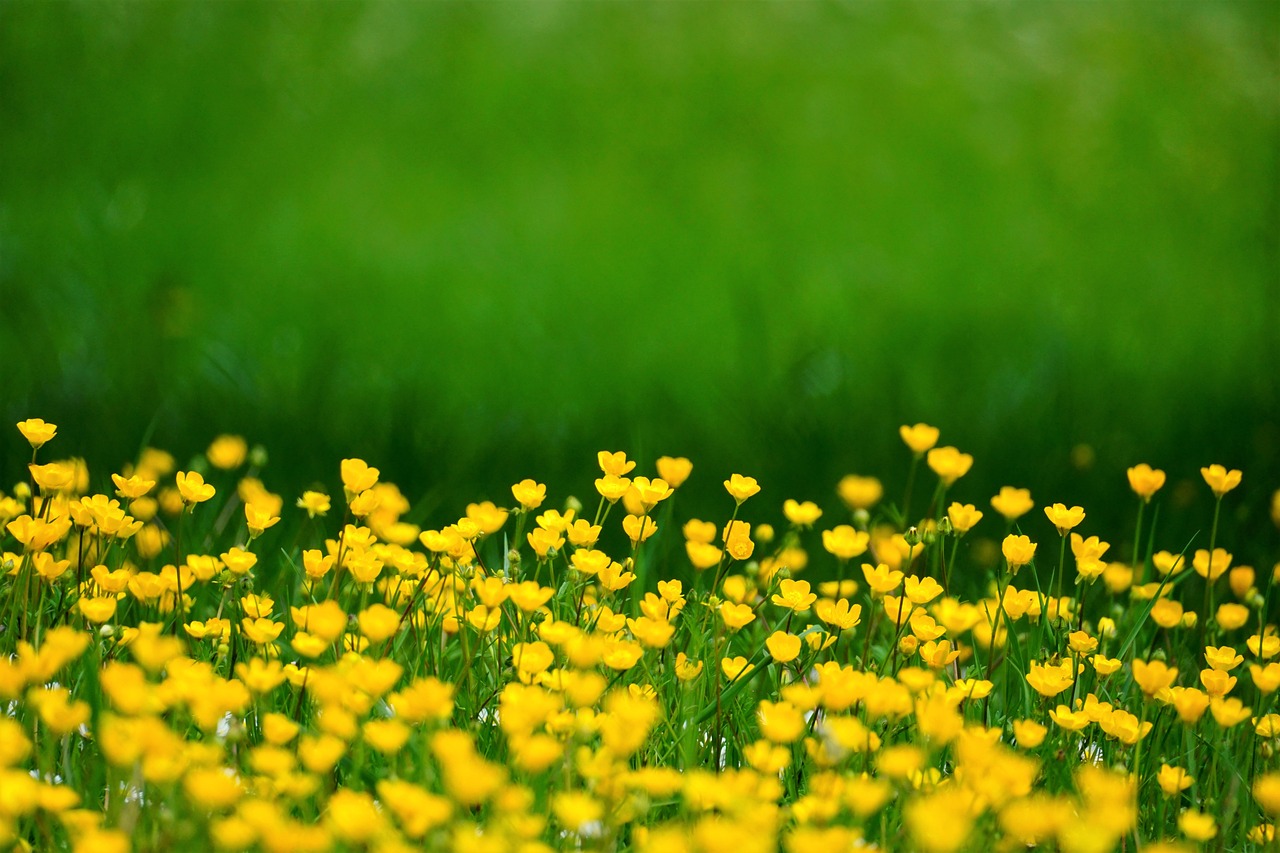
Harvesting and Enjoying Your Garden
Once your vertical garden is flourishing with vibrant greenery and colorful blooms, it's time to reap the rewards of your hard work. Harvesting your homegrown produce and herbs is not only satisfying but also allows you to enjoy the freshest flavors right from your backyard.
When it comes to harvesting, timing is key. Different plants have different harvesting requirements, so make sure to research the specific needs of each plant in your vertical garden. Whether you're picking ripe tomatoes, fragrant herbs, or beautiful flowers, gentle handling during harvest ensures the best quality.
As you gather your harvest, take a moment to appreciate the beauty and bounty of your vertical garden. The sight and smell of freshly picked herbs, fruits, and vegetables can be a sensory delight. Share your harvest with friends and family, or use it in your favorite recipes to elevate your culinary creations.
Aside from harvesting, your vertical garden also offers a serene space to unwind and relax. Create a cozy seating area surrounded by lush greenery, where you can enjoy a cup of tea, read a book, or simply bask in the tranquility of nature. Your garden can be a peaceful retreat from the hustle and bustle of daily life.
To enhance your enjoyment of the garden, consider adding decorative elements such as wind chimes, bird feeders, or colorful planters. Soft lighting can create a magical ambiance in the evenings, turning your vertical garden into a charming oasis under the stars. Personal touches like these can make your garden truly unique and inviting.
Remember, your vertical garden is not just a source of fresh produce and beautiful plants—it's a place of joy, relaxation, and connection with nature. Take the time to savor the moments spent in your green sanctuary, appreciating the beauty and tranquility it brings to your outdoor space.

Adding Personal Touches
When it comes to adding personal touches to your vertical garden, the options are endless. Consider incorporating elements that reflect your personality and style, turning your green oasis into a true extension of your home. One way to enhance the ambiance is by strategically placing decorative elements such as colorful planters, unique sculptures, or hanging ornaments. These additions not only add visual interest but also create a sense of whimsy and charm.
If you enjoy spending evenings in your garden, think about adding lighting features to illuminate your vertical space. String lights, lanterns, or solar-powered fixtures can create a magical atmosphere, allowing you to enjoy your garden even after the sun sets. Additionally, consider incorporating seating areas such as a cozy bench or a set of chairs where you can relax and unwind amidst the lush greenery.
Another way to personalize your vertical garden is by introducing vertical elements that serve both aesthetic and functional purposes. You can install a small water fountain or a bird feeder to attract wildlife and add a touch of serenity to your outdoor space. Moreover, consider adding trellises or arbors for climbing plants to create a sense of height and depth in your garden, making it feel like a secluded retreat.
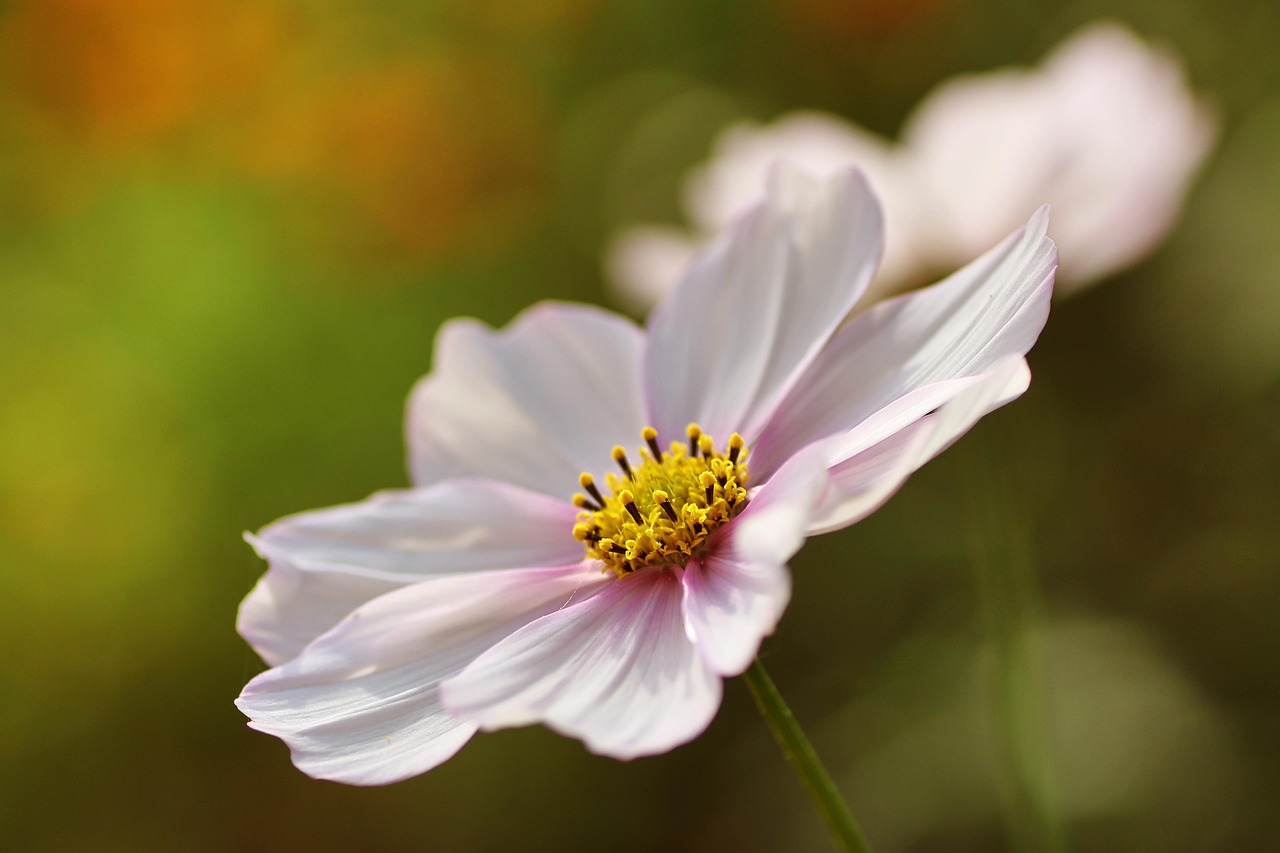
Troubleshooting Common Issues
When it comes to maintaining a vertical garden, it's essential to be prepared for common issues that may arise along the way. One of the most common problems gardeners face is plant diseases, which can quickly spread and affect the health of your vertical garden. By regularly inspecting your plants for any signs of disease, such as discoloration or wilting, you can take prompt action to prevent further spread.
Another issue that may arise is nutrient deficiencies, which can manifest as yellowing leaves or stunted growth. To address this problem, consider using a balanced fertilizer or adjusting your watering and feeding schedule to ensure your plants are receiving the necessary nutrients to thrive. Additionally, testing the soil pH levels can help you determine if any adjustments are needed to promote healthy plant growth.
Environmental factors can also impact the health of your vertical garden, especially if the location is exposed to extreme temperatures, strong winds, or excessive sunlight. Providing adequate shade, wind protection, or insulation during harsh weather conditions can help protect your plants from stress and damage. It's essential to monitor the environmental conditions regularly and make adjustments as needed to create a favorable growing environment.
Furthermore, pests can pose a significant threat to your vertical garden, feeding on plant leaves and causing damage to your green oasis. Implementing natural pest control methods such as companion planting, introducing beneficial insects, or using organic pesticides can help keep unwanted visitors at bay without harming the environment or your plants. Regularly inspecting your garden for any signs of pest infestation and taking preventive measures can help maintain a healthy balance in your vertical garden.
By staying proactive and addressing common issues promptly, you can ensure the success and longevity of your vertical garden. Remember that each challenge presents an opportunity to learn and improve your gardening skills, ultimately leading to a more vibrant and thriving green space right in your backyard.
Frequently Asked Questions
- What are the benefits of having a vertical garden?
Vertical gardens offer numerous benefits, such as maximizing space utilization, improving air quality, reducing energy costs by providing insulation, and creating a visually appealing green space.
- Do vertical gardens require a lot of maintenance?
While vertical gardens do require some maintenance, the level can vary based on the plant selection and system design. Regular watering, pruning, and monitoring for pests are essential tasks to keep your vertical garden healthy.
- Can I grow vegetables in a vertical garden?
Absolutely! Many vegetables, such as tomatoes, peppers, lettuce, and herbs, can thrive in a vertical garden setup. Just ensure they receive adequate sunlight, water, and nutrients for optimal growth.
- How do I prevent my vertical garden from damaging the wall?
To prevent damage to the wall, use a waterproof barrier between the plants and the wall surface. Additionally, ensure proper drainage to prevent excess water from seeping into the wall and causing structural issues.
- What if my vertical garden gets infested with pests?
If you notice pests in your vertical garden, try using natural remedies like neem oil or insecticidal soap. Regularly inspecting your plants and maintaining good airflow can also help prevent pest infestations.












